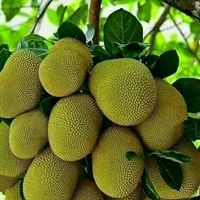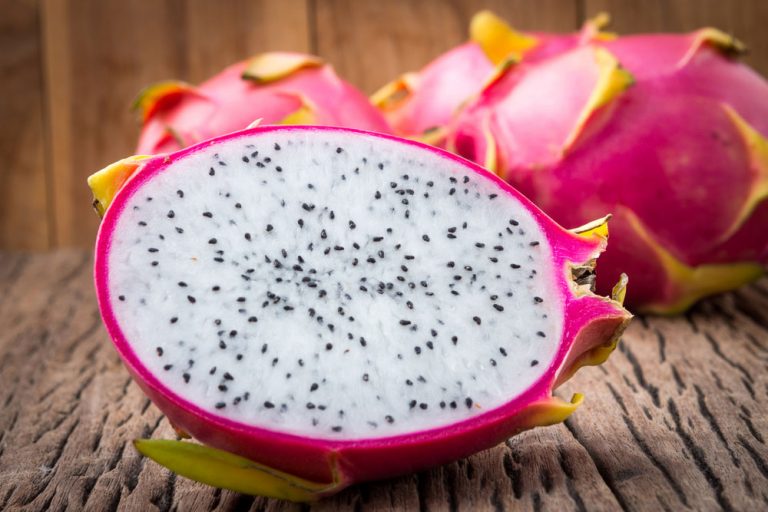Jackfruit tree is drought resistant. It’s easy to grow. It needs least attention but yields abundant fruits. It withstands pests and diseases. Jackfruit production and consumption in many other countries is on the rise and it is becoming of great economic value because of its traditional value and rich mouth feel.
This tree starts to bear fruit 3 to 4 years after planting and will grow to be 50 to 80 feet tall. The young leaves are edible, the young fruits can be cooked as a vegetable and the ripened fruit provides a sweet, aromatic fresh fruit. The tree grows straight and tall and also provides termite resistant timber. Growing jackfruit trees may live to 100 years old with productivity declining as they age.

Propagation of jackfruit is usually by seed. The seeds do not remain viable for long and need to be planted within a month. Soaking the seeds for 24 hours enhances germination. Seedlings started in pots should be carefully transplanted before getting pot-bound, as young jackfruit seedlings have fragile root systems.
Watering for the first year is critical for establishment. Jackfruit trees generally grow fast and tall, and in an optimal site can grow to 50 to 80 feet. However, trees can be kept at 10 to 20 feet with pruning for ease of picking fruits.
Jackfruit thrives in hot and humid areas with average monthly temperatures of 25 to 30ºC (77° to 86°F). It does not tolerate temperatures below freezing. The ideal climate has a well-distributed rainy season. However, jackfruit trees have been observed doing well in an area with a 5-month dry season and 50 inches (125 cm) of rainfall. Provided with irrigation, the jackfruit’s range may be extended to areas that receive even less rainfall.
Jackfruit’s optimal growing range extends from sea level to 2,200 ft (670 meters) (Richard Campbell). However, its upward range is limited to 4,000 to 5,000 feet (1524 meters), where quality and production may be compromised (Julia Morton).





